Pipe fitting or tube fitting is the occupation of installing or repairing piping or tubing systems that convey liquid, gas, and occasionally solid materials. This work involves selecting and preparing pipe or tubing, joining it together by various means, and the location and repair of leaks. The different materials, construction mechanical processing, ID & OD dimensions of the fittings make them different.
As for the food, beverage, biopharmaceutical and personal care industries, they will definitely choose stainless steel sanitary fittings rather than any other ordinary fittings. Why? What is the difference between them?
Existed along with word “sanitary”, sanitary tube fittings are cleanable. They can either cleaned by dismantling a system or manually by using a CIP (clean in place) process. They limit entrapment areas where bacteria could form or harbor and they are also corrosion resistant. That’s why sanitary fittings and valves are preferred in those industries mentioned above.
The 316L stainless steel sanitary fittings contain 50% iron and 10.5% chromium, and nickel, titanium, and molybdenum are also added. The metallographic structure of metal varies according to its different chemical composition. Thus, there are a variety of types of stainless steel, such as martensitic, ferritic, austenitic, duplex and precipitation hardening.316L stainless steel sanitary fittings also have different materials.
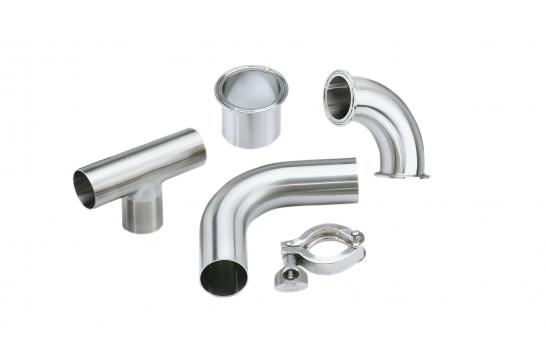
Here is a summary of the features of sanitary fittings.
- Sanitary tube fittings are measured in tube OD (outside diameter).
- ½”-4” are the most commonly available sizes of sanitary fittings. Other sizes are also available.
- 304 or 316L stainless steel are the most used materials for the sanitary pipe fittings. Other materials such as Titanium and Hastelloy are also available in limited quantities and sizes.
- Ra is used to measure the quality of the surface finish of the fittings. It is determined by taking the average distance between the peaks and valleys on the metal surface and is normally measured in microinches. As for a sanitary fitting, the minimum Ra measurement is 32.
- Sanitary fittings do not have any pockets, threads, or tight radii. The radii of sanitary elbows has been standardized.
- The most prevalent sanitary fitting end connection offerings are buttweld and sanitary clamp. A sanitary clamp joint consists of two, gender neutral fittings with a sanitary gasket in between, all head together by a clamp. There is a host of other lesser known sanitary connection systems including, bevel seat, I Line and Q Line. You can find them on our website. Also, you can watch the above video to get a full understanding of different kinds of fittings.
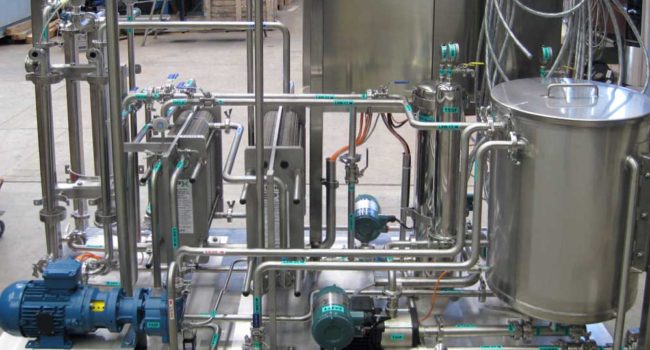


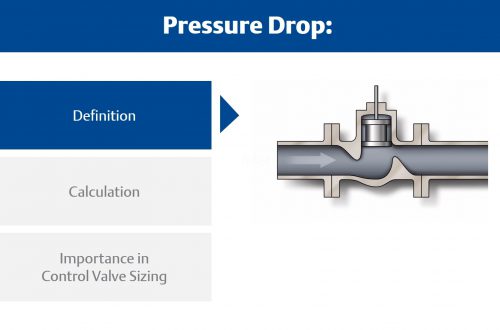
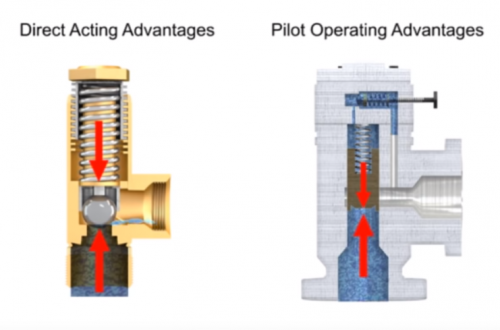
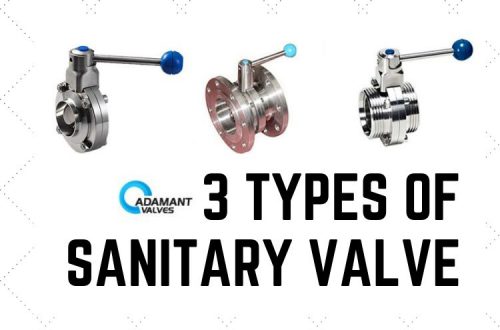
One Comment
Eli Richardson
It’s great that you elaborated on how sanitary tube fittings are cleanable. They limit entrapment areas where bacteria could form. If I were to choose between sanitary fittings or ordinary fittings, I’d definitely choose the one that’s corrosion-resistant and prevents the harbor of bacteria. You did a great job explaining the differences between sanitary fittings and ordinary ones.